The debate as to whether art was superior to nature or vice versa was a recurring one. In particular, the interpretation of nature as something raw or pure, sinful or sacred, imperfect or exemplary determined the way in which people encountered it through the means of art.
Author: admin
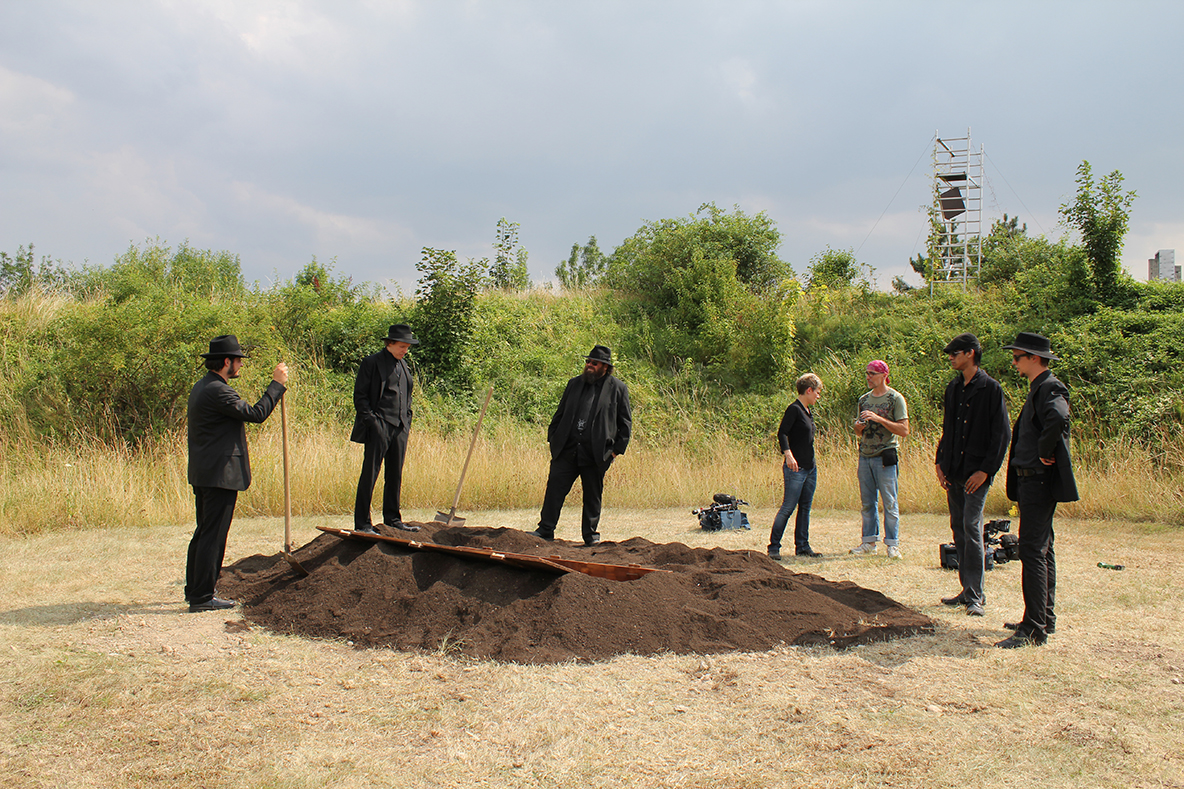
Artists: monochrom
2013, 2025
In 2025, monochrom is celebrating the 20th anniversary of its world-famous performance series Buried Alive at Symposion Lindabrunn, where there has been a regular, permanent “burial site” since 2013, which has attracted international attention through filming for ORF, pro7 and other private broadcasters. Buried Alive (also known as Experience the Experience of Being Buried Alive and Lebendig begraben) is a performance series by the Austrian art and theory group monochrom. The basic concept is to offer voluntary participants the opportunity to be buried alive in a coffin underground for fifteen minutes.
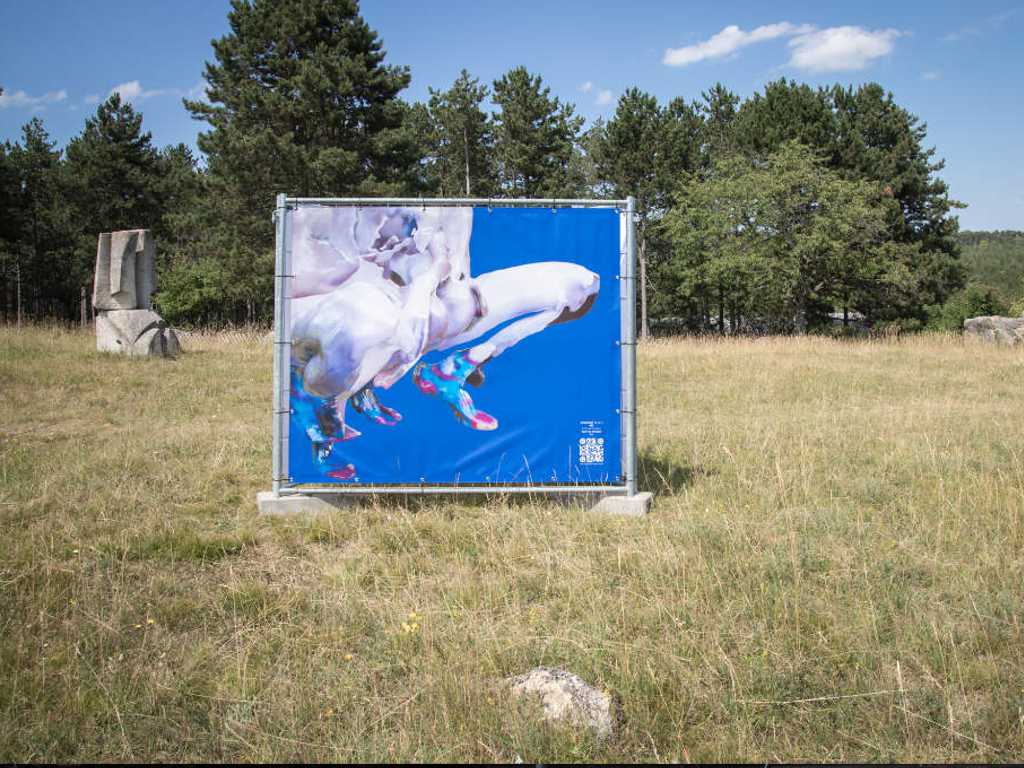
Artist: Martina Menegon
AR Virtual Sculpture, 2021 – 22
“untouched (v.n.)” is a series of 3D Scan-Selfies by Martina Menegon that started in 2015 under the title Virtual Narcissism (v.n.) and has now evolved into Performative and Interactive Virtual Sculptures with Augmented Reality capability (on compatible mobile). Using 3D Scanning as an artistic medium, Menegon’s self-scanning procedure, combined with the use of low-budget technology, challenges the notion of the virtual as perfect and exposes the results of the scans “as is”, with all the beautiful flaws, mistakes and data loss. Untouched, those failures present a new authentic digital body, an avatar fixed in time yet always performing.
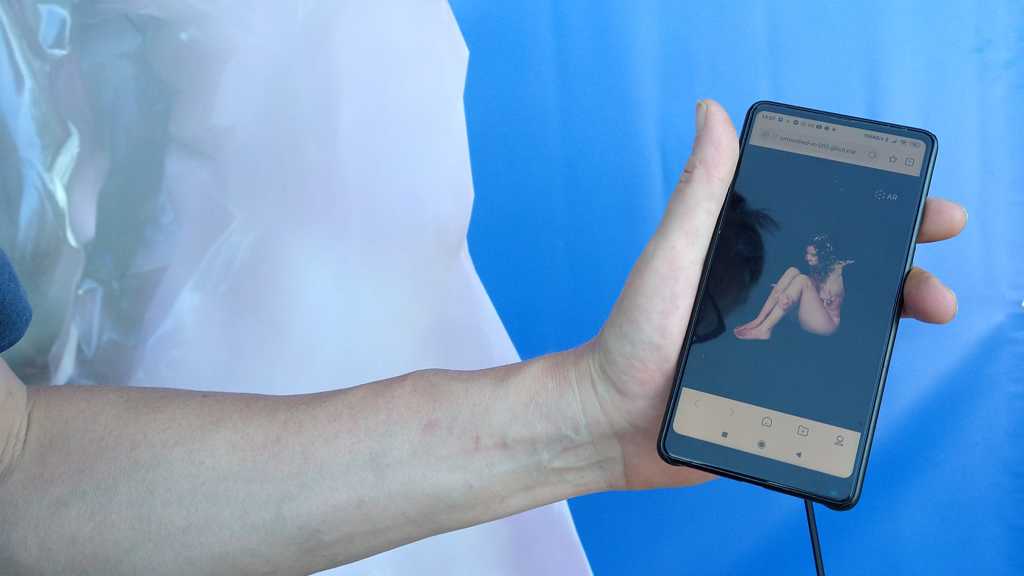
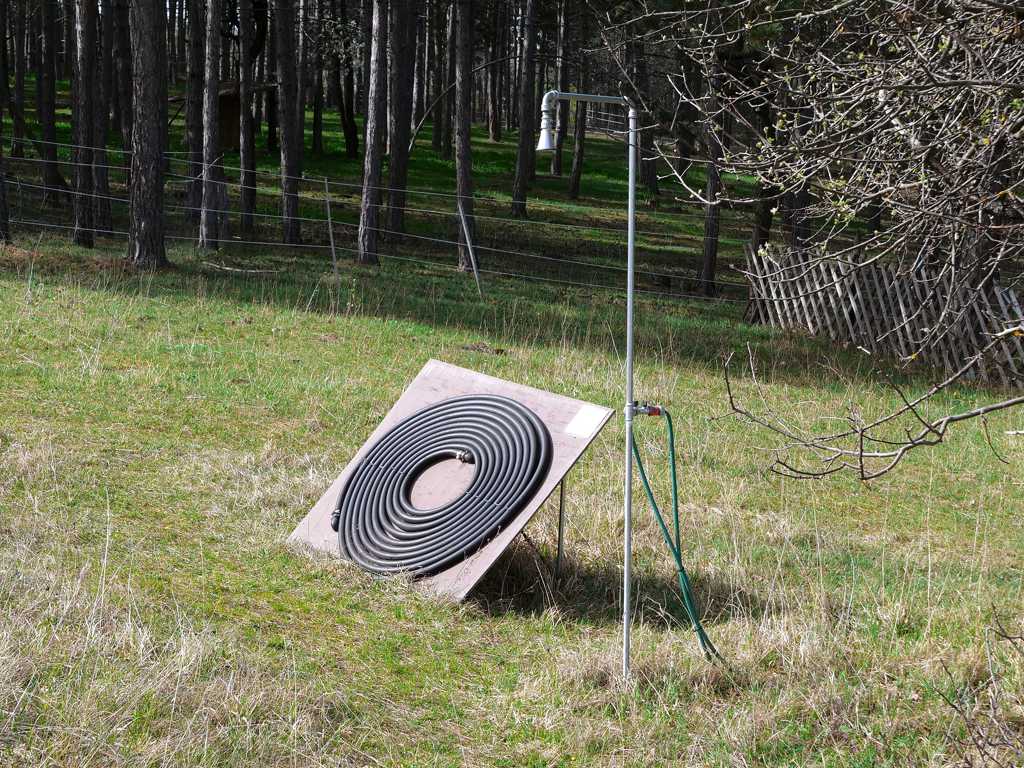
Artists: Marianne Ertl, Dirk Baecker, Nicolaj Kirisits and Kathrin Stumreich /CSUI
2021 – today
In 2021, media artist Kathrin Stumreich founded the platform “The Center of Solar Use Interpretation” and curated “Solar Habitat”, an exhibition and symposium in Lindabrunn. Research led to Heinz von Förster’s Sun Shower, which was described in Dirk Baecker’s obituary in the FAZ and, at Förster’s request, mentioned as his most important invention. Marianne Ertl Heinz (Heinz von Förster Archive) found an original picture of the Sun Shower, photographed by Albert Müller in the late 90s in Heinz von Förster’s garden in Pescadero.
In Solar Habitat, the Sun Shower was restaged as a remake by Stumreich in collaboration with Marianne Ertl and the Heinz von Förster Archive, Dirk Baecker and Nikolaj Kirisits.
The Symposion Lindabrunn took over “Heinz von Förster’s Sun Shower, Remake” as a permanent installation in the symposium grounds.
In the development process from original to remake, the Sun Shower was expanded: Dirk Baecker talks for 3 minutes via QR code about his discovery of the Sun Shower in the company of Heinz von Förster, and lets us participate vividly in this encounter on Rattlesnake Hill in 1990.
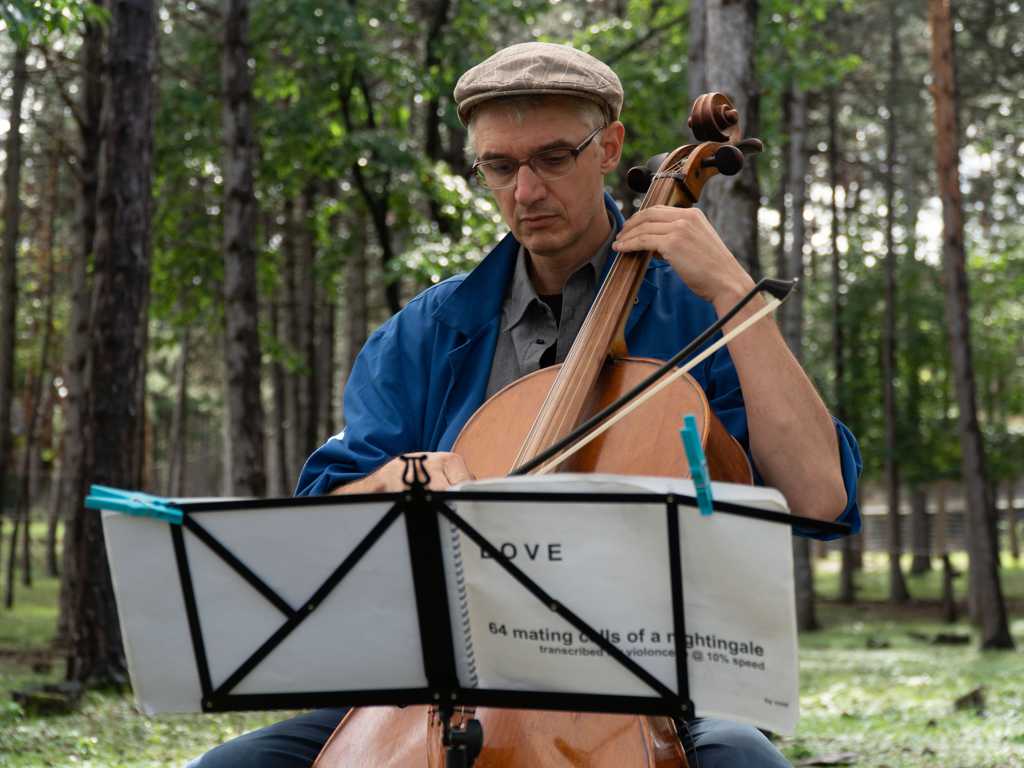
The composition “LOVE” attempts to create a cross-species understanding with the help of deceleration. The nightingale’s song, which is far too fast for the human ear to resolve, was stretched to ten times its original length, transcribed and this score interpreted on a cello. It is thus made comprehensible to the human ear and played live on the cello.
In the installation of the same name, this recording was accelerated back to its original speed – making it attractive again for nightingales. With the fresh memory of the musical slow motion, the human audience can gain new aspects from the resulting twittering.
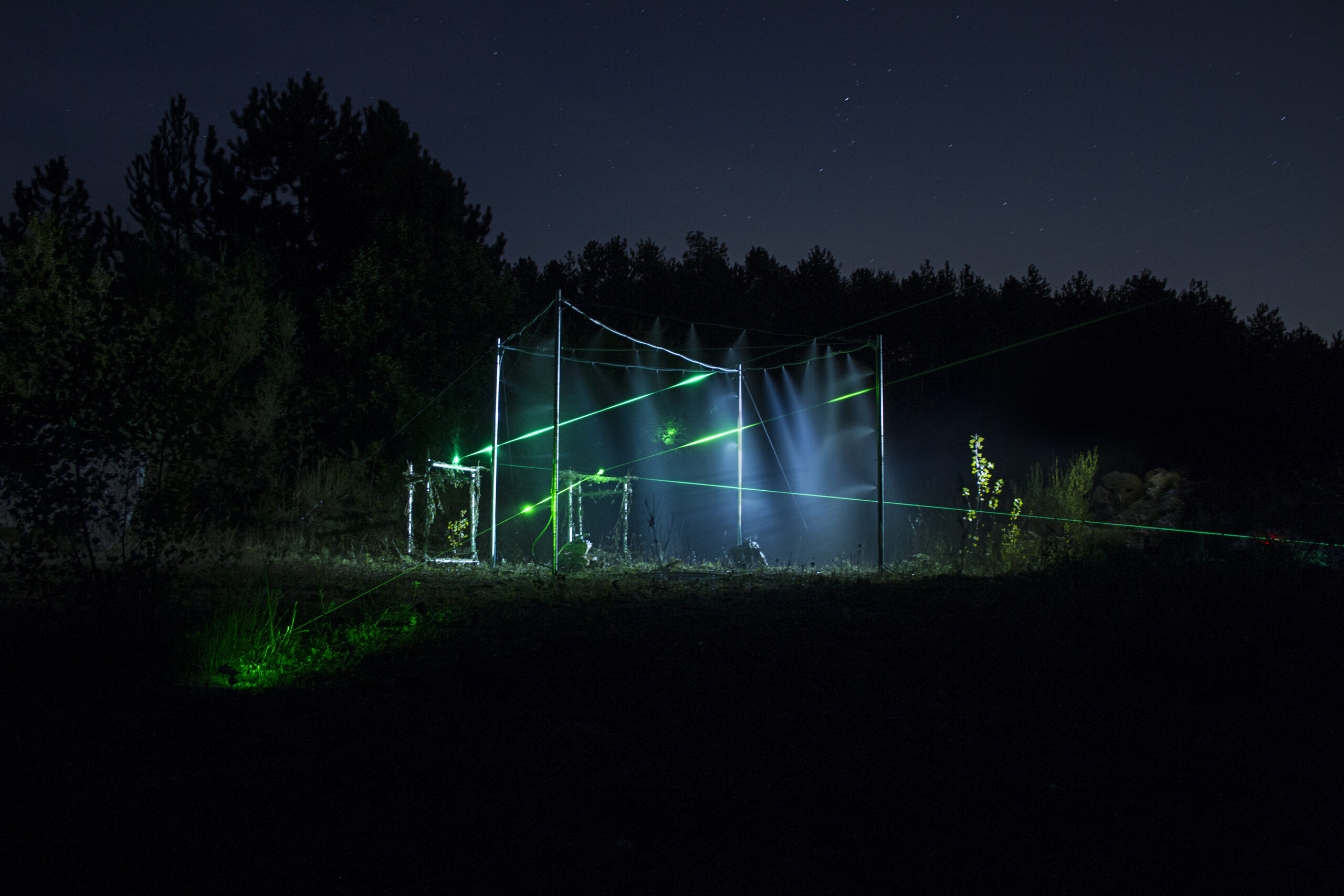
Artists: Klaus Filip, Nicolaj Kirisits
2019
Photos: Sophia Wiegele
Two laser beams are sent through a water cloud, a fog. The light of these lasers is visualized and refracted by the aleatory disorder of the internal structure of this unsteady mist object.
The two laser beams are relayed via mirrors twice through the fog and then to the listening station aprox. 100 m away from the mist object. The computer controlled fog consisting of waterdrops in varying sizes, turns audible according to the idea of the photophone (Graham Bell, 1880), by means of two photocells mounted at the listening station.
The laser beams are mapping different locations inside the cloud. Due to the stereophonic overlapping situation, resulting rooms from the difference of the internal disorder of the water are opened up acoustically.
The compositon of the density of the mist is realized with an arduino board controlling a 4 channel water valve. Each channel controls the water flow in different fog nozzles and water sprinkler to produce different audible sensations.
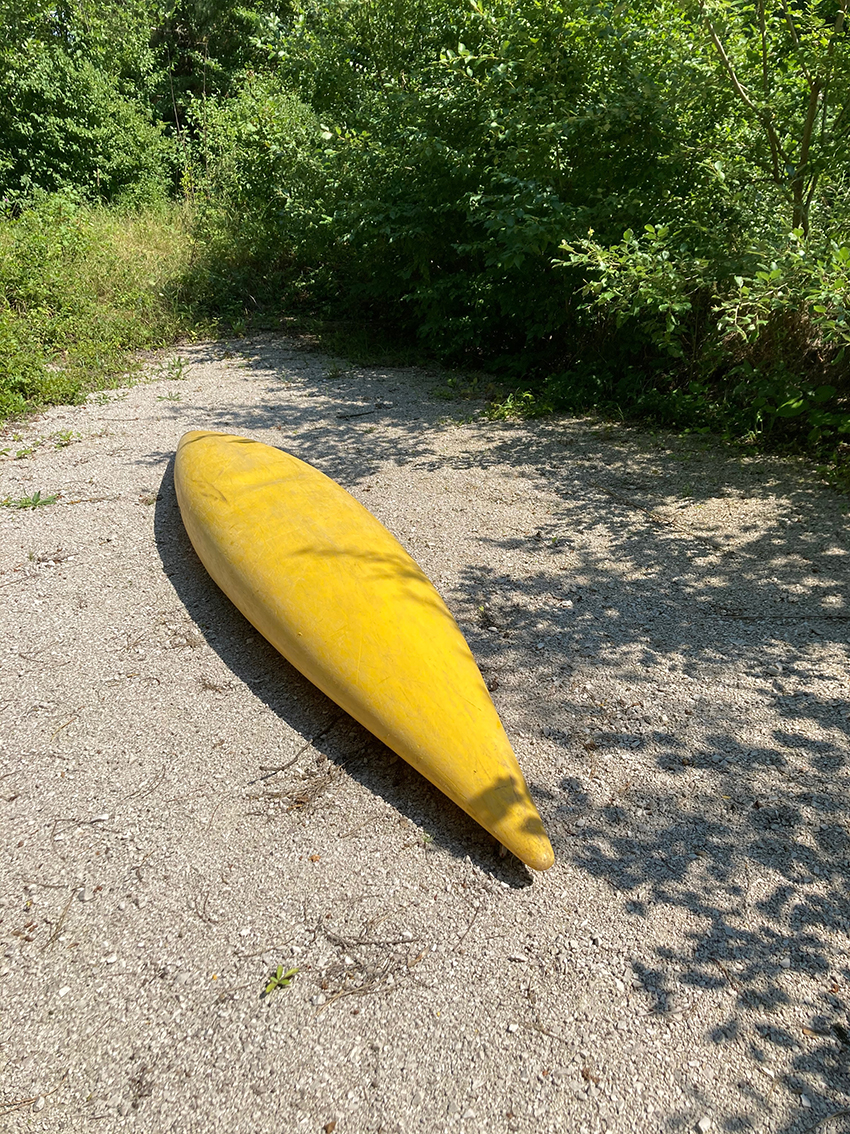
Artist: umraum
2020 – 2023
Mare Nostrum was the Roman term for the Mediterranean Sea. In Autumn 2013 the Italian Marine Forces have started the rescue mission Mare Nostrum. The umraum art project Mare Nostrum consists of three installations:
Keep Distance
A bright yellow canoe has run aground in the sand and tipped over. Did it manage to escape? Was anyone rescued?
Broken Dreams
Dreams and hopes lead people away from home. They set off to start new lives. A broken boat symbolizes the fragility of these hopes and the difficulties on the way to achieving dreams. Are they as broken as the boat?
Stranded
An abandoned boat lies on a barren embankment. Did people steer it here, are they stranded or did a storm put it there? The boat is empty. No sign of life, nothing has been left behind. The hope for rescue lives on.
Exhibition, Readings
Quantanamo II is a sequel of the work-in-progress project Quantanamo, which started in July at the Symposion Lindabrunn.
In a room behind iron barred doors, the artists sit working. Notched sticks are carved, texts are written, readings, drawings and photos are taken. Behind bars ‒ for their protection or locked up? Ivory tower or prison?
The artists shape the world according to their ideas and thoughts. They not only put human rights up for discussion, but also the necessity of remembering and forgetting, the meaning of monuments and the power of those who decide on guilt and atonement.
“With the hands on the bars, the longing for freedom grows.”
(from the text QUANTANAMO by Johanna Haigl)
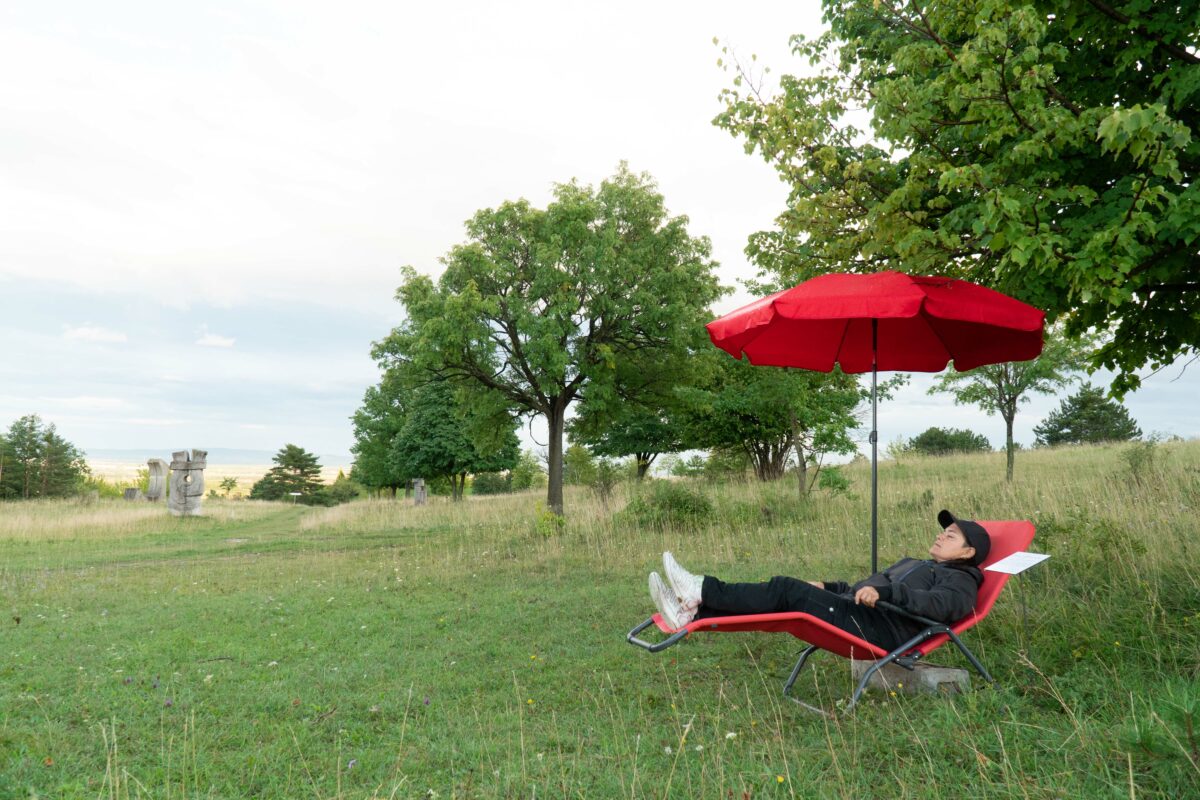
Artist: Christine Schörkhuber
2020, 2021, online
This interview-based work is based on stories from people who have a passionate relationship to the site of the Symposium Lindabrunn. Their positions become the starting point for an outdoor installation that subtly and personally approaches this multi-layered place with its different perspectives and levels of meaning. In selected places, a lounger invites you to linger – it’s all about listening, looking and being influenced.
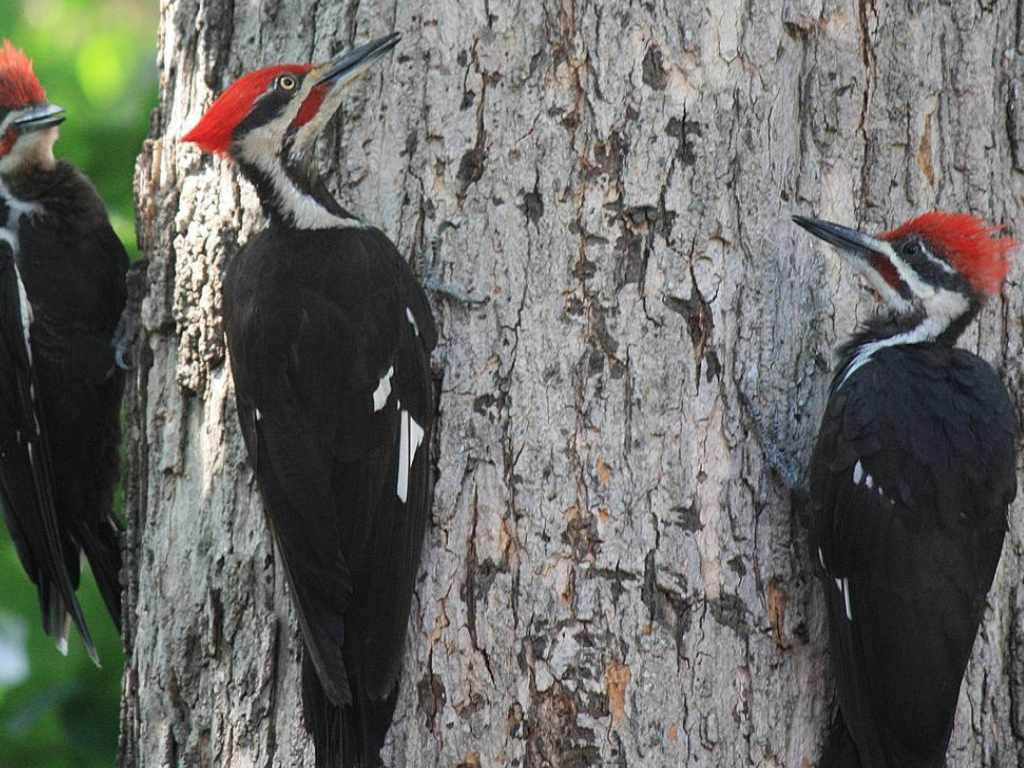
Artist: Klaus Filip
2020, 2021
17 woodpeckers are invited to search for grubs and worms in the black pine forest just behind the symposion building in lindabrunn. Each woodpecker is given its own tree and a musical score to follow in knocking. However, the individual woodpeckers interpret their score individually, following their own idea of time and won’t be rattled by us listening.
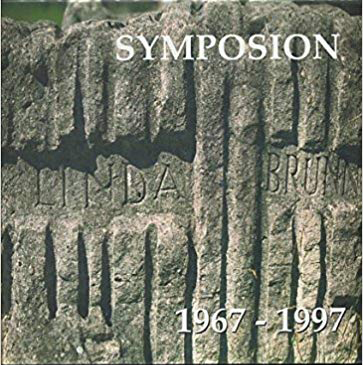
In 1973, new paths were sought in Lindabrunn. The symposium venue had become well-known and many people visited it not only during the symposia, but also on other occasions.
>> download pdf (demnächst)
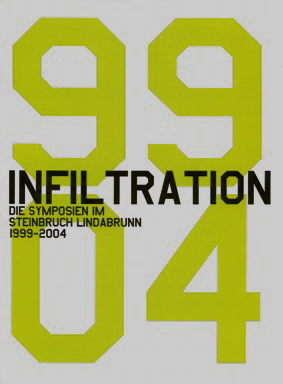
The Lindabrunn Quarry Symposia 1999-2004
This catalog traces the development of the artists’ symposia of the 1960s into contemporary project and process art, using the Lindabrunn symposium as an example. The first section is devoted to Thomas Hirsch’s art-historical account of the years 1999 to 2002 and is of a descriptive nature. In the second section, the artists have their say; their statements and observations are intended to provide an insight into strategies and approaches in dealing with peripheral space.
Catalog Tomatl for the X Bienal of Cuenca (Ecuador) by Francesco Mariotti in collaboration with umraum artcollective, 2009
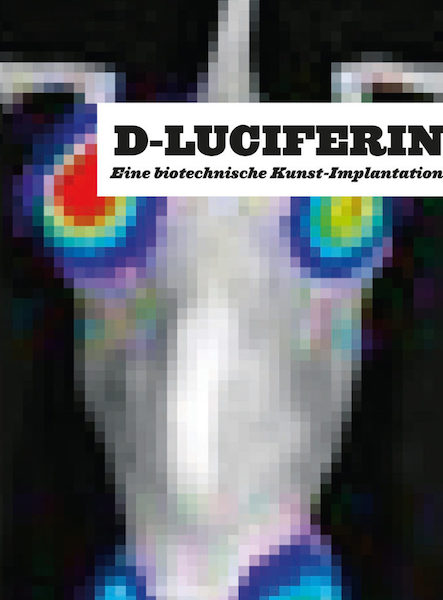
A biotechnological project with fireflies by Francesco Mariotti in collaboration with umraum artcollective, 2010
Autonomous light installation with solar energy; sunflowers, fireflies, LED, PET bottles, nets.
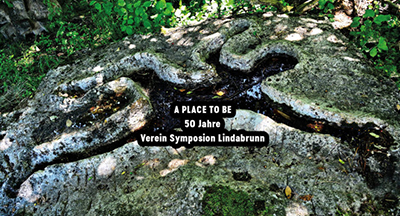
50 years of the Symposion Lindabrunn Association
ISBN:978-3-902796-65-3
Publisher: Günther Friesinger
edition mono/monochrom, 2019
